Turbulent flow
Storyboard 
When we study the movement of birds by air and fish by water, we must first determine what kind of physics to deal with. In particular if it is a displacement in a medium that shows laminar or turbulent behavior.
An estimate of the Reynold
ID:(462, 0)
Turbulent flow, ink
Definition 
One way to visualize turbulent flow is by injecting ink into a flow using a thin needle that doesn't disturb the flow.

The resulting behavior shows abrupt deviation and a degree of diffusion caused by the turbulence in the flow.
ID:(7064, 0)
Turbulent flow image
Image 
In the laboratory, blue ink is injected, which significantly deviates from a linear flow, revealing the presence of vortices and a degree of diffusion due to smaller amplitude disturbances.
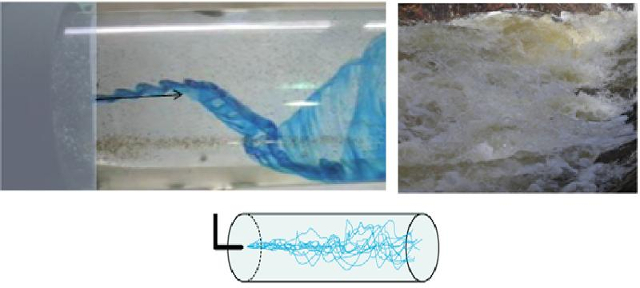
ID:(7067, 0)
Cigarette smoke
Note 
An example of this can be seen when a cigarette heats the air around its match, generating convection. As the heated air rises, it reaches critical conditions and forms vortices.
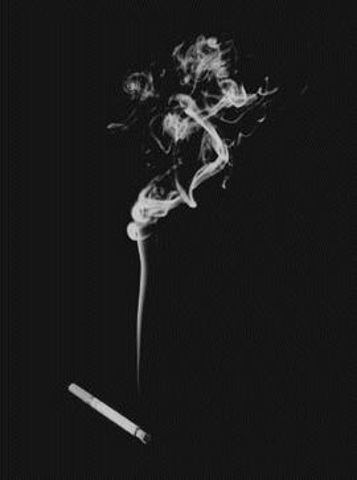
ID:(7066, 0)
Turbulence evolution according to Reynold number
Quote 
The flow behavior around a sphere exhibits dramatic changes based on the Reynolds number calculated with respect to the sphere's radius. The following diagram provides a concise summary of the different behaviors:
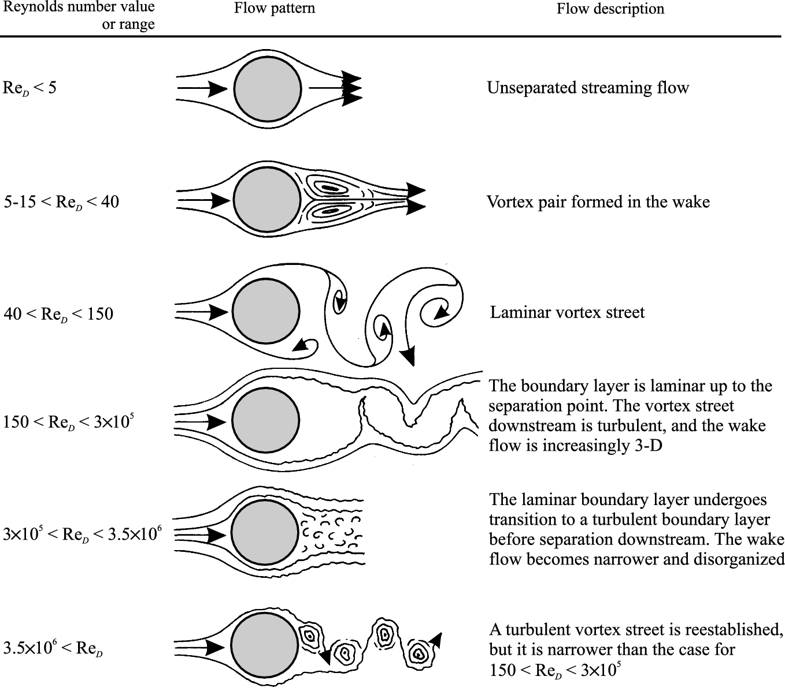
Flow type scheme according to Reynold number (book Introduction to Transport Phenomena Modeling, Gianpaolo Ruocco - https://link.springer.com/chapter/10.1007/978-3-319-66822-2_3)
ID:(1890, 0)
Flowing sphere; Re between 5 and 40
Exercise 
When Reynold's number is between 5 and 40 the flow shows two whirlwinds behind the sphere:

Flow around a sphere for Reynold number between 5 and 40 (https://aerospaceengineeringblog.com/how-quickly-do-gas-bubbles-rise-in-a-pint-of-beer/)
ID:(11058, 0)
Flowing sphere; Re between 40 and 150
Equation 
When the Reynolds number is between 40 and 150, the flow exhibits the formation of alternating vortices, creating what is known as a Karman vortex street:
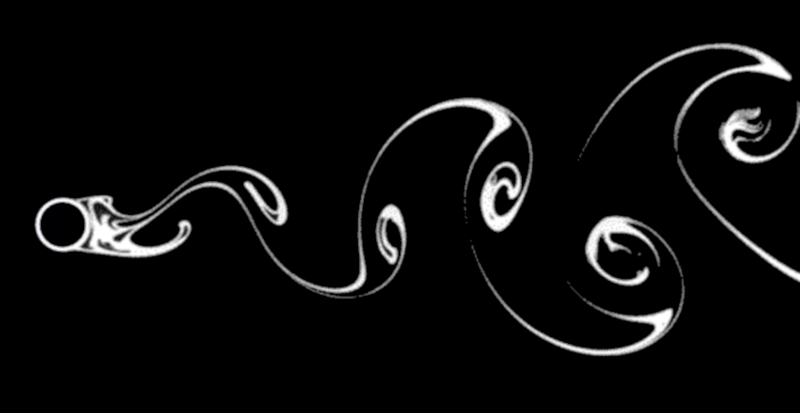
Flow around a sphere for Reynold number between 40 and 150 (https://www.researchgate.net/publication/303369967_Experimental_investigation_of_low_mode_number_cylinders_subjected_to_vortex-induced_vibrations)
ID:(11059, 0)
Flowing sphere; Re between 150 and 3E+5
Script 
When the Reynolds number is between 150 and 3E+5, the flow exhibits a significant level of turbulence within a macroscopic structure:
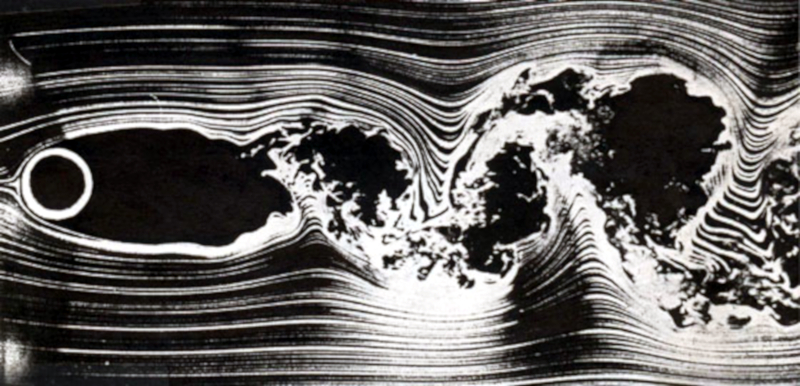
Flow around a sphere for Reynold number between 150 and 3E + 5 ()
ID:(11060, 0)
Flowing sphere; Re greater than 3E+5
Variable 
When the Reynolds number exceeds 3E+5, a chaotic zone begins to form behind the sphere, where vortices are no longer recognizable (or they have very small dimensions).
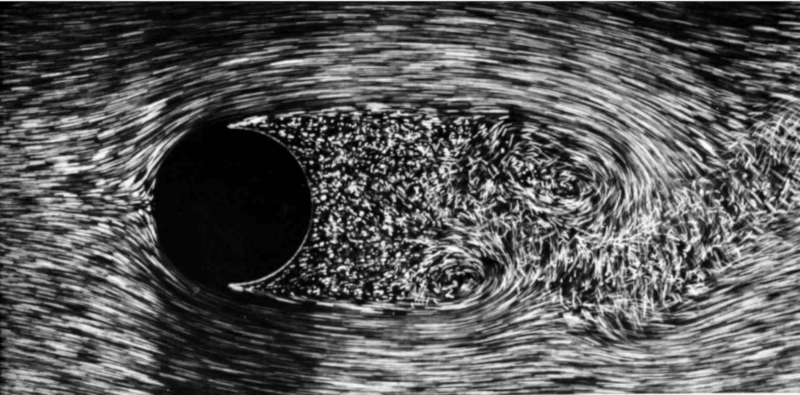
Flow around a sphere for Reynold number greater than 3E+5 (https://www.pinterest.cl/pin/514888169895997311/)
ID:(11061, 0)
